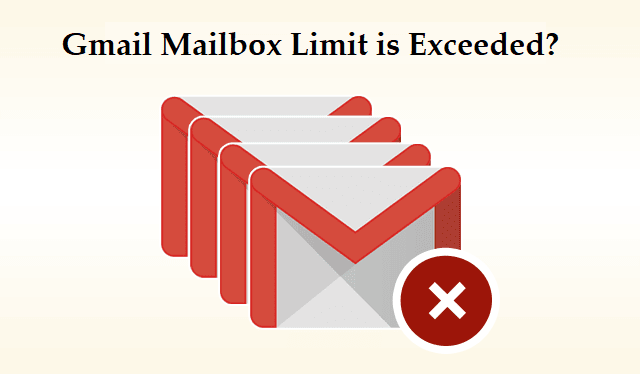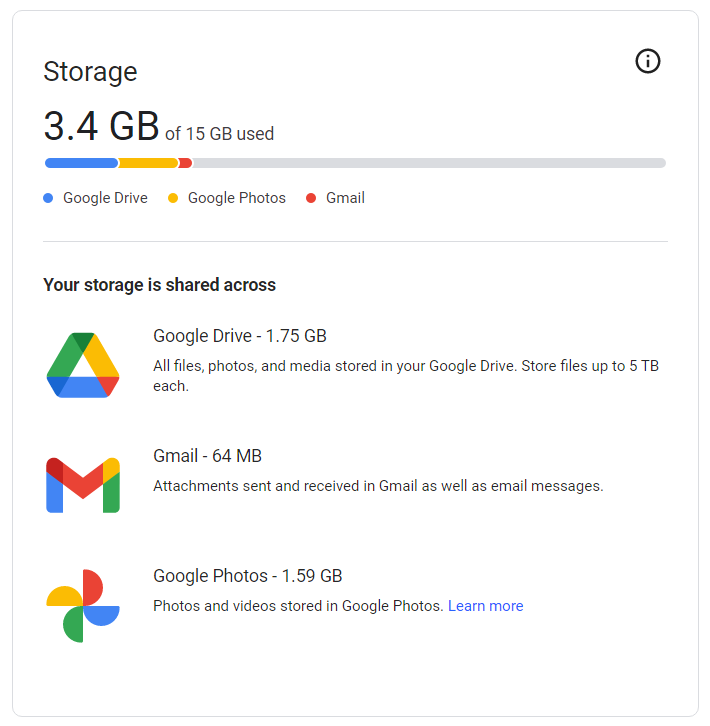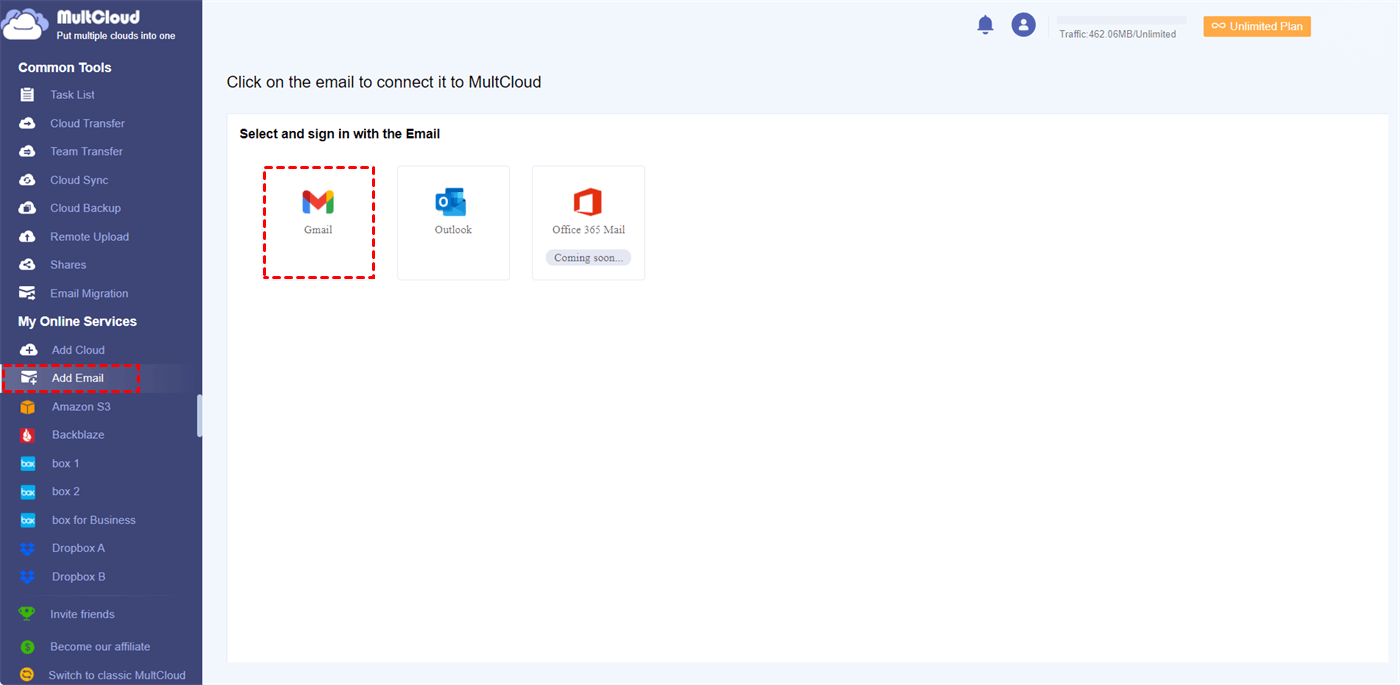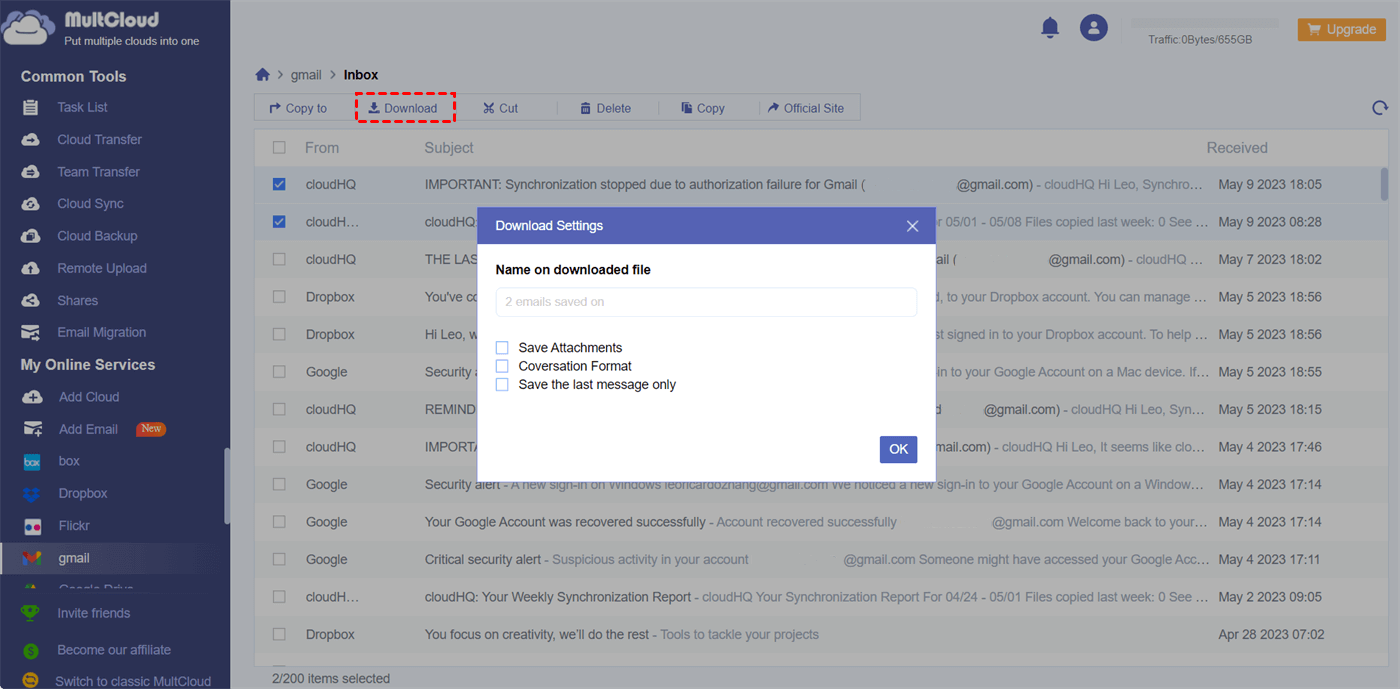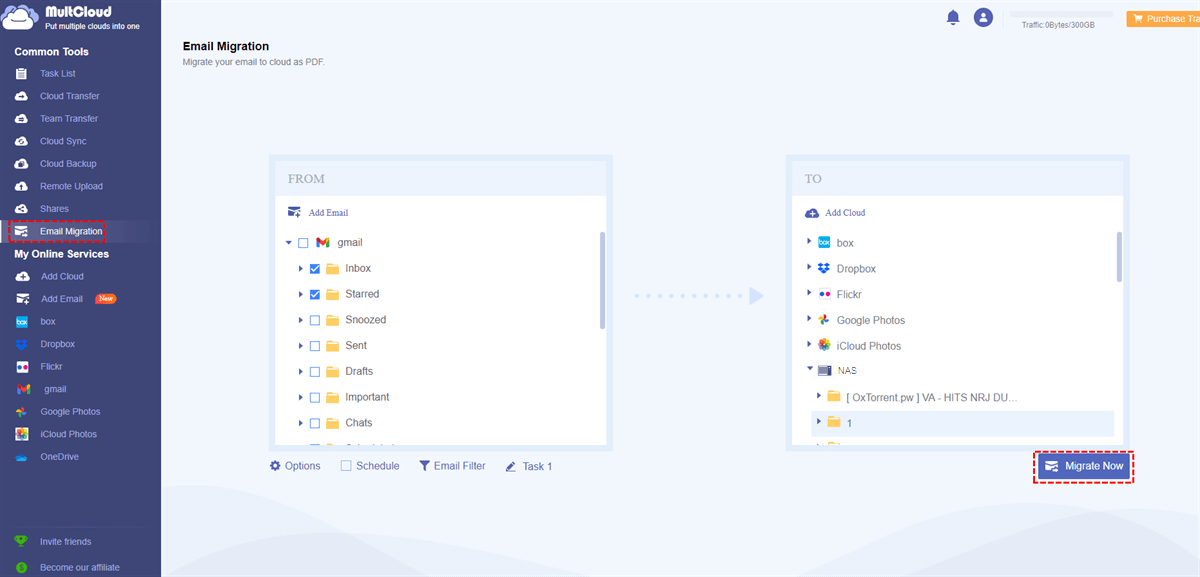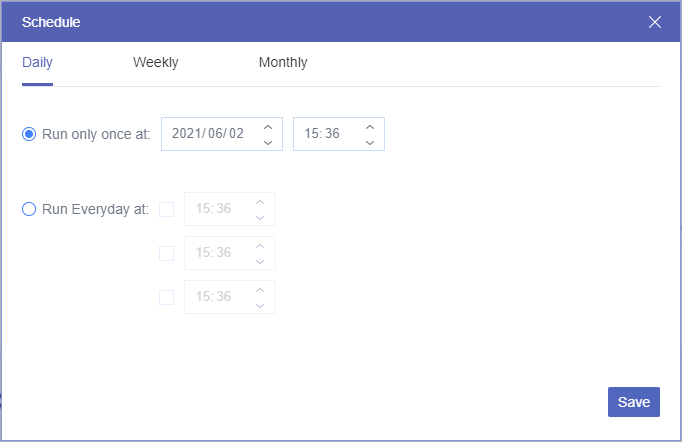Quick Search:
Preface
Gmail has revolutionized the way we communicate, offering a reliable and feature-rich platform for sending and receiving emails. However, the abundance of emails, attachments, and other data can lead to hitting the storage limit imposed by Google. When this happens, you may find "Gmail storage full not receiving emails", and important messages may get bounced back to the sender. But fret not! We have put together this comprehensive guide to help you resolve the Gmail storage limit issue quickly and efficiently.
Reasons Behind the "Gmail Storage Limit Reached" Issue?
Every Gmail account comes with a predefined storage limit, which varies based on the type of account you have. As of this writing, free Gmail accounts provide 15 GB of storage, while paid Google Workspace accounts offer larger storage capacities. It's important to note that this storage is shared across various Google services such as Gmail, Google Drive, and Google Photos.
Generally, reaching Gmail storage limit is mainly caused by the following reasons.
- Email Attachments: One common culprit for reaching the storage limit is the accumulation of large email attachments. These attachments, such as photos, videos, and documents, can quickly consume a significant amount of your available storage. It's essential to regularly clean up your inbox and remove unnecessary attachments.
- Large Email Conversations: Email conversations with multiple recipients and lengthy discussions can contribute to storage limitations. These conversations often contain numerous replies, forwarded messages, and attached files. Archiving or deleting old email threads can free up considerable storage space.
- Spam and Unwanted Emails: Spam and unwanted emails not only clutter your inbox but also occupy valuable storage. By regularly marking and deleting spam emails, you can keep your Gmail account organized and prevent unnecessary storage usage.
- Drafts and Sent Messages: Drafts and sent messages also contribute to storage consumption. If you frequently compose emails but never send them or keep copies of all your sent messages, it's advisable to review and delete any drafts or sent messages that are no longer needed.
Checking Your Gmail Storage Usage in Advance
Before getting started, you'd better verify your Gmail storage allocation below. To determine if you have reached your Gmail storage limit, follow these simple steps:
Step 1: Sign in to your Gmail account.
Step 2. Click on the gear icon in the upper right corner and select "Settings" from the drop-down menu.
Step 3. Click "See All Settings", then scroll down to the bottom to navigate to the storage tab.
Step 4. Here you'll see an overview of your storage usage, including how much Google Drive, Gmail, and Google Photos are taking up.
5 Ways for Solving the "Gmail Storage Limit Reached" Issue
Now that you understand the reasons behind reaching the storage limit, let's explore effective ways to clean up Gmail storage and quickly fix the issue.
1. Deleting Unnecessary Emails
The simplest way to free up storage space is by deleting unnecessary emails. Review your inbox and identify emails that are no longer required. You can select multiple emails at once and delete them in bulk.
2. Clearing out Large Attachments
Identify emails with large attachments using Gmail's search filters. Sort your emails by size and delete those with bulky attachments that you no longer need. Additionally, consider downloading important attachments to your local storage or moving them to cloud storage services like Google Drive.
3. Using Google Drive Integration
Google Drive offers additional storage capacity, and integrating it with Gmail can help you manage your storage more efficiently. Instead of attaching large files directly to emails, upload them to Google Drive and share the link with the recipient. This not only saves storage space but also ensures that your attachments are easily accessible even after they are no longer needed in the email thread.
4. Download Emails to the Local
If you have some emails in your Gmail that cannot be easily removed, you can choose to download them to a local device, such as a mobile phone, iPad, computer or other external hard drive. In general, manual downloading has certain requirements on user operations and network quality. In order to download emails faster and more conveniently, you can try a professional tool---MultCloud.
- ✅Save messages from one or more email accounts at once.
- ✅Export all Gmail emails to PDF instantly.
- ✅Multiple filter options to filter emails such as date range, sender, recipient, etc.
- ✅You can easily save emails to a flash drive or other storage device.
- ✅Mail can be downloaded anywhere on the device.
- ✅Email can be easily migrated to cloud accounts.
This tool can help you quickly download emails locally and automatically save Gmail as PDF for your convenience for viewing and editing in the future.
Step 1. Sign up for MultCloud on your browser.
Step 2. Click the "Add Email" button and select Gmail to log in.
Step 3. Once added, your Gmail will automatically open for you. You can open your inbox and select emails to save to your computer.
Step 4. Click "Download" above, name your backup email folder, and choose the settings you need. Then click "OK" in the pop-up window, and your Gmail messages will be backed up to your computer as soon as possible.
5. Migrate Important Emails to Other Clouds
If you have other cloud storage accounts, you can also back up important emails to these accounts. Through the above-mentioned MultCloud, you can easily connect emails and cloud accounts and migrate emails between them. This article takes backup Gmail to Synology NAS as an example.
Step 1. Log in to your Multcloud account with Gmail added.
Step 2. Click "Add Cloud", select the NAS, and fill in the relevant credentials to grant MultCloud access to your NAS account.
Step 3. On the "Email Migration" page, select the email and destination, and click "Migrate Now".
Notes:
- In "Options", you can set the migration mode and email notification.
- If you need to back up Gmail to Synology regularly, you can set the specific time in "Schedule".
Preventing the "Gmail Storage Limit Reached" Issue
To prevent reaching the Gmail storage limit in the future, here are some best practices to follow:
- Regularly Clean Up Your Inbox: Make it a habit to clean up your inbox regularly. Set aside dedicated time to review and delete unnecessary emails, archive important ones, and keep your inbox organized.
- Use Labels and Filters: Gmail offers a powerful labeling and filtering system. Create labels and apply them to relevant emails to categorize and organize your inbox effectively. You can also set up filters to automatically sort incoming emails based on specific criteria.
- Empty Trash and Spam Folders: Remember to empty your trash and spam folders periodically. Emails in these folders continue to occupy storage space until they are permanently deleted.
- Regularly Release Your Google Drive and Photos: Users who are familiar with Google services know that Google Drive, Google Photos, Gmail and other services will share your Google storage space. Therefore, you can clear out the useless data in Google Drive and Google Photos in advance to free up some space. In this way, your Gmail will not reach the storage limit too quickly. >> Let's learn how to remove duplicate files from Google Drive or delete duplicate photos in Google Photos.
Conclusion
Running into the "Gmail storage limit reached" can be a frustrating experience, but with the tips and techniques provided in this guide, you can quickly fix the issue and prevent it from happening in the future. By managing your emails, attachments, and storage usage effectively, you can enjoy a clutter-free and efficient Gmail experience.
MultCloud Supports Clouds
-
Google Drive
-
Google Workspace
-
OneDrive
-
OneDrive for Business
-
SharePoint
-
Dropbox
-
Dropbox Business
-
MEGA
-
Google Photos
-
iCloud Photos
-
FTP
-
box
-
box for Business
-
pCloud
-
Baidu
-
Flickr
-
HiDrive
-
Yandex
-
NAS
-
WebDAV
-
MediaFire
-
iCloud Drive
-
WEB.DE
-
Evernote
-
Amazon S3
-
Wasabi
-
ownCloud
-
MySQL
-
Egnyte
-
Putio
-
ADrive
-
SugarSync
-
Backblaze
-
CloudMe
-
MyDrive
-
Cubby
